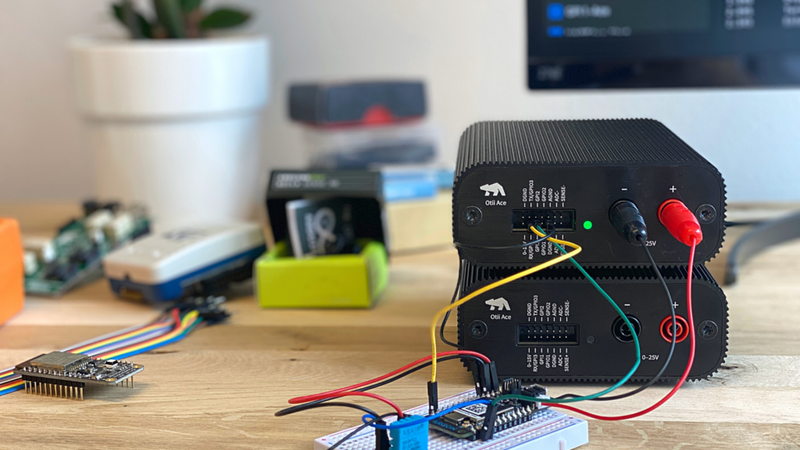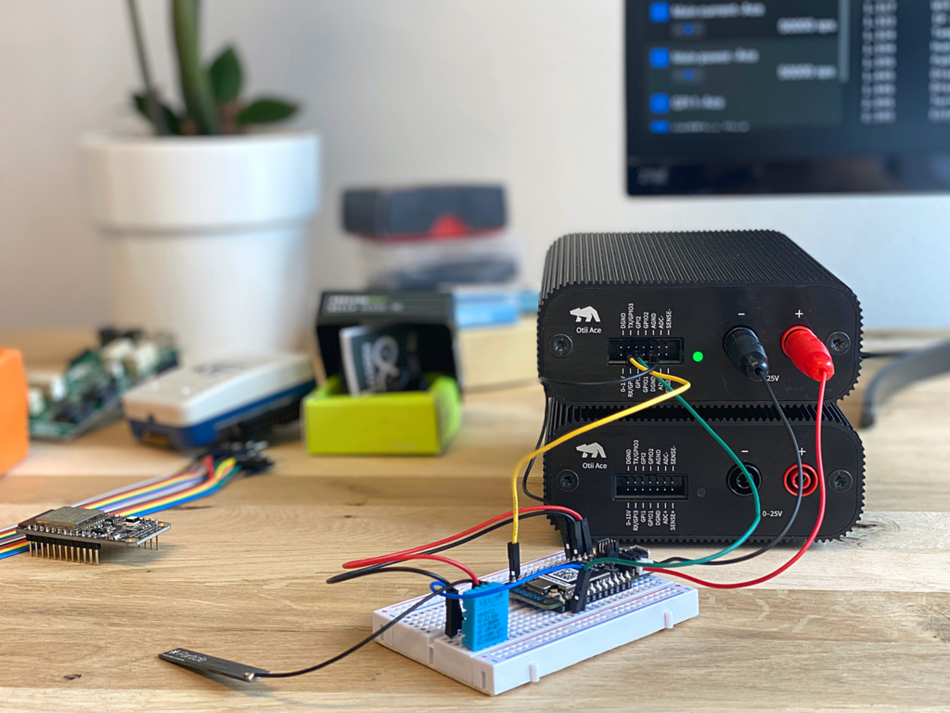Importance of IoT Battery Performance
Battery performance is crucial for the successful operation of IoT devices, particularly in remote or inaccessible locations. They rely on battery power to sustain their operation over extended periods, and maximizing battery life directly impacts longevity, maintenance costs, and user experience.
LPWAN networks aim to conserve energy by operating devices with minimal power consumption. However, battery utilization efficiency depends on factors such as device power consumption, network connectivity, transmission power, and data rate. Understanding and optimizing these factors are key to achieving desired battery performance and ensuring reliable and uninterrupted device functionality.
Efficient battery management not only reduces the frequency of battery replacements but also enhances the sustainability of IoT deployments. This is especially important for applications that require long-term monitoring, such as environmental sensing, asset tracking, and smart agriculture. By extending battery life, organizations can reduce operational costs, minimize environmental impact, and improve the overall viability and scalability of their IoT solutions.
Optimizing Battery Life of LPWAN IoT Devices
Battery life is a critical consideration for the successful deployment of IoT devices with limited power resources. Understanding and managing factors that influence battery life are essential for optimizing power consumption and maximizing operational efficiency.
Device Power Consumption
IoT device power consumption significantly affects battery life. Factors such as hardware architecture, sensor configurations, and firmware optimization play a crucial role. Leakage current from various components can cause energy loss. Firmware and software optimization are vital for enhancing battery efficiency. By employing efficient algorithms, minimizing unnecessary background tasks, and optimizing code execution, developers can reduce power consumption in the device's software stack.
Implementing power management techniques can have a significant impact on battery life. These techniques may involve dynamically adjusting power levels based on network conditions, reducing power to peripheral components during idle periods, or optimizing data processing and filtering algorithms to minimize power consumption.
Data Rate and Duty Cycle
Data rate and duty cycle determine the frequency and duration of data transmission in LPWAN devices. Lower data rates and duty cycles reduce power consumption but result in longer transmission times. Striking the right balance between data rate, duty cycle, and application requirements is crucial for optimizing battery life while ensuring sufficient data throughput.
Network Connectivity and Protocols
The frequency of network connectivity and the size of message payloads transmitted by LPWAN IoT devices affect power consumption. Low power capabilities of the network, such as power save modes, spreading factor, and adaptive data rate mechanics of cellular and non-cellular LPWAN networks, can further enhance battery life. The choice of messaging protocol can have a negative impact on device longevity due to the level of transmission overhead and required quality of service (QoS). By finding the right balance between power efficiency and communication requirements, developers can maximize battery performance and extend the operational lifespan of their IoT devices.
Sleep Mode and Wake-Up Interval
Effectively utilizing sleep mode is a key strategy for conserving power in IoT devices. By defining appropriate wake-up intervals and adjusting sleep durations based on application requirements, developers can minimize power consumption during idle periods, leading to significant battery savings.
Transmission Power and Range
The transmission power level required for reliable communication affects battery life. Higher transmission power increases range but consumes more power. By optimizing transmission power settings based on the deployment environment and required range, battery life can be prolonged without compromising communication reliability.
By considering and fine-tuning these factors, developers can make informed decisions to optimize power consumption and extend the battery life of IoT devices. In the following blogposts, we will delve deeper into strategies and techniques to choose the right battery and implement optimization measures for maximizing battery performance in LPWAN IoT deployments. If you can’t wait, download the white paper.

